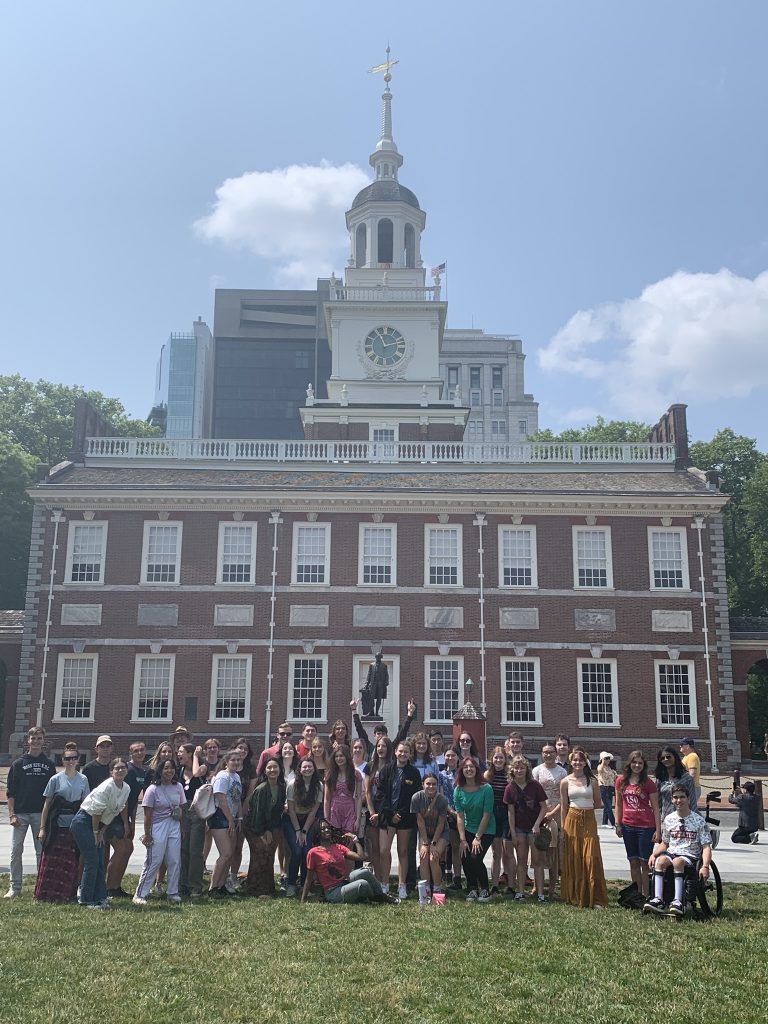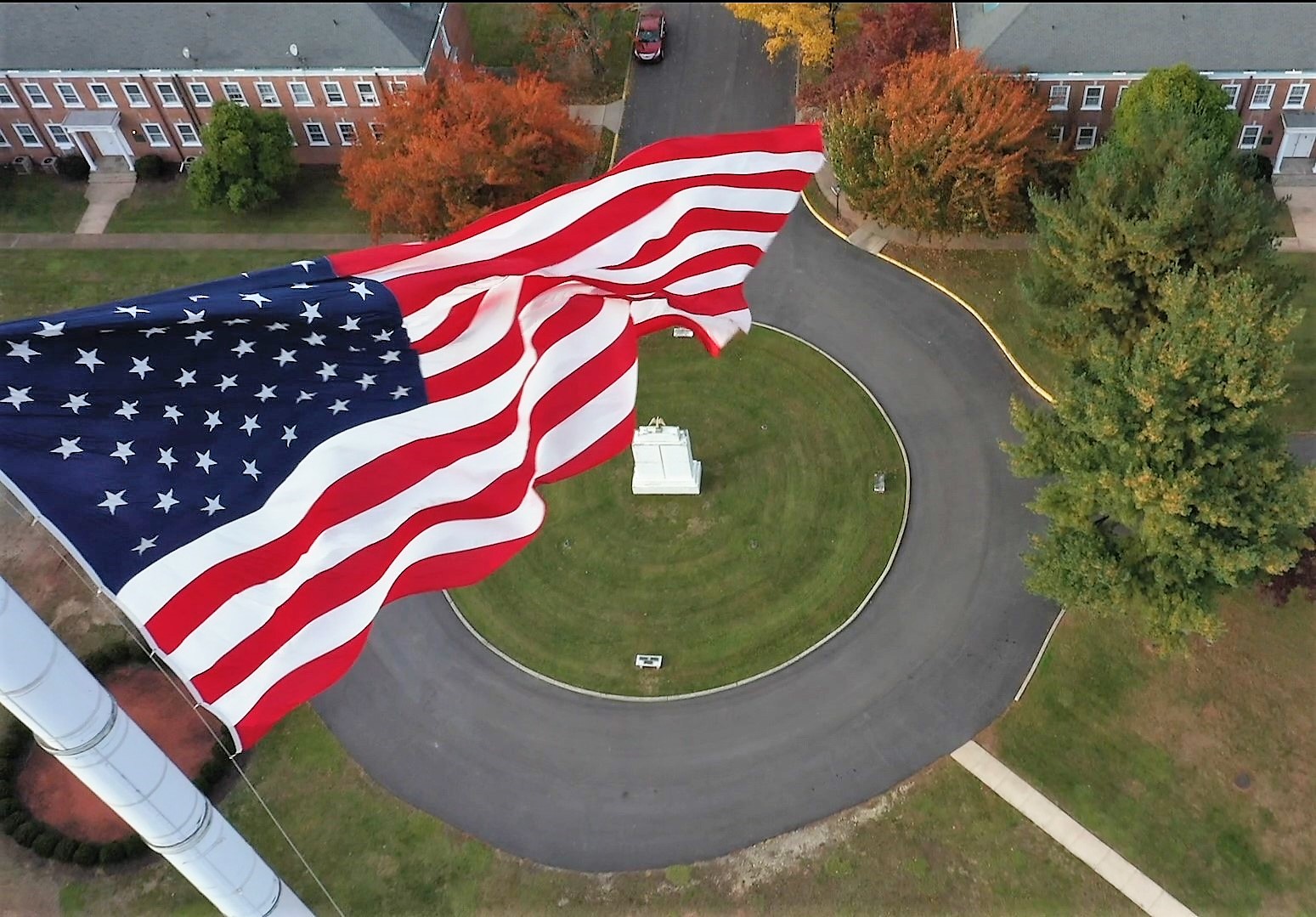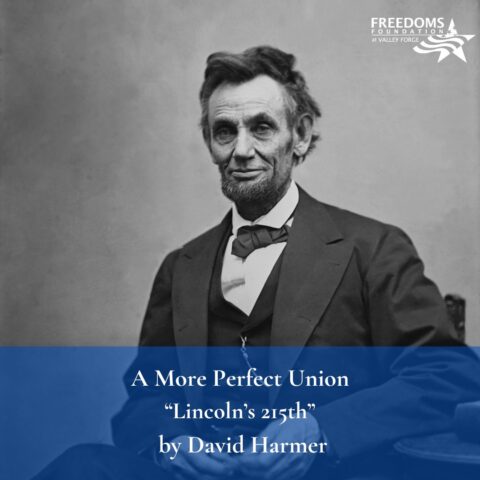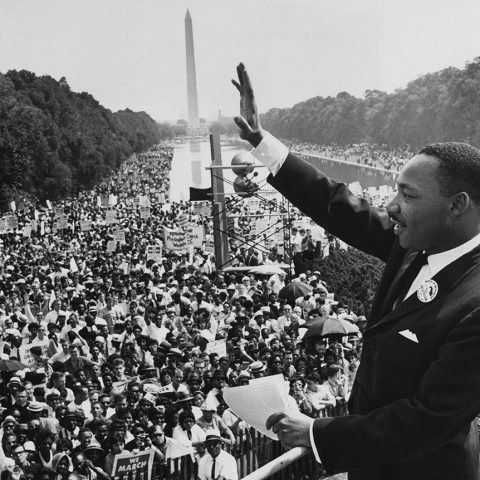Constitution Day

By David Harmer
We the People of the United States, in Order to form a more perfect Union, establish Justice, insure domestic Tranquility, provide for the common defence, promote the general Welfare, and secure the Blessings of Liberty to ourselves and our Posterity, do ordain and establish this Constitution for the United States of America.
On September 17, 1787—236 years ago today—delegates to the Philadelphia Convention signed their work product, the result of four arduous months of advocacy, argument, negotiation, compromise, and conciliation. Although the preamble quoted above is well known, what follows is less so (and even less observed). So let’s review.

Article I establishes the national legislature, with two chambers: the House of Representatives, apportioned by population, and the Senate, with equal representation from each state. Isn’t the latter anti-democratic? Yes, intentionally so. Although they recognized ultimate sovereignty in the people, the founders were horrified by the prospect of direct democracy (which could be summarized as three wolves and two sheep voting on what’s for lunch). The Senate is one of several mediating institutions and procedures the Constitution interposes between popular passions and the power-hungry, on one hand, and the rights of individuals, including those in the minority, on the other.
Bills for raising revenue must originate in the House. Treaties and nominations must be ratified by the Senate. To become law, a bill must first pass both houses. Article I, Section 8, sets forth the legislature’s powers, including “To make all Laws which shall be necessary and proper for carrying into Execution the foregoing Powers, and all other Powers vested by this Constitution in the Government of the United States.” Finally, Article I reserves certain powers exclusively to the national government and establishes its corresponding supremacy over the states.
Article II vests executive power in the President, establishes the mechanism for his election, and requires him to take this oath:
“I do solemnly swear (or affirm) that I will faithfully execute the Office of President of the United States, and will to the best of my Ability, preserve, protect and defend the Constitution of the United States.”
One who intentionally undermines the Constitution—for example, by advocating termination of all its articles—violates that oath. Article II makes the President commander in chief of the armed forces, empowers him to make treaties and nominate officers, and requires that “he . . . take Care that the Laws be faithfully executed.”

Article III vests the judicial power of the United States “in one supreme Court, and in such inferior Courts as the Congress may from time to time ordain and establish.” The scope of the national government’s judicial power is defined, as are the Supreme Court’s original and appellate jurisdiction.
Note: Article I devotes 2,268 words to establishing the Congress. Article II takes only 1,025 words to establish the executive, and Article III a mere 377 words to establish the judiciary. The order is intentional; as Madison said in Federalist 51, “In republican government, the legislative authority necessarily predominates.” The word count reflects the scope of powers delegated.
Article IV clarifies the relationship of citizens and states to each other and to the national government. It provides for the admission of new states into the Union, the administration of territories other than states, and the protection of states against both external invasion and internal violence. It guarantees “to every State . . . a Republican Form of Government.”
Article V establishes procedures for amending the Constitution. The process is difficult, but not impossible—as evidenced by the 27 amendments adopted since the Constitution’s ratification.
Article VI makes the Constitution, and laws and treaties made under its authority, “the supreme Law of the Land.” It requires legislators, executive officers, and members of the judiciary, of each state as well as the national government, to be bound by oath to support the Constitution. And it prohibits any religious test for office.
Article VII establishes the procedure for ratification.

Key participants in the Constitutional Convention considered its outcome marvelous, even miraculous. Wrote Convention President George Washington to his friend Lafayette:
It appears to me, then, little short of a miracle, that the Delegates from so many different States (which States you know are also different from each other in their manners, circumstances and prejudieces) should unite in forming a system of national Government, so little liable to well founded objections.
Wrote James Madison, author of the definitive Notes on the Debates in the Federal Convention:
The happy Union of these States is a wonder; their Constn. a miracle; their example the hope of Liberty throughout the world.
To which we can only say, this Constitution Day, “Amen!”

Donate Today
Supporting America’s first principles of freedom is essential to ensure future generations understand and cherish the blessings of liberty. With your donation, we will reach even more young people with the truth of America’s unique past, its promising future, and the liberty for which it stands. Help us prepare the next generation of leaders.




